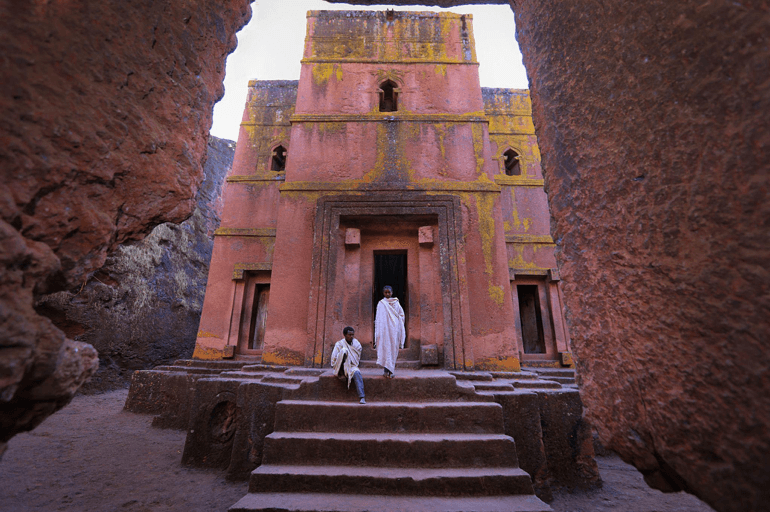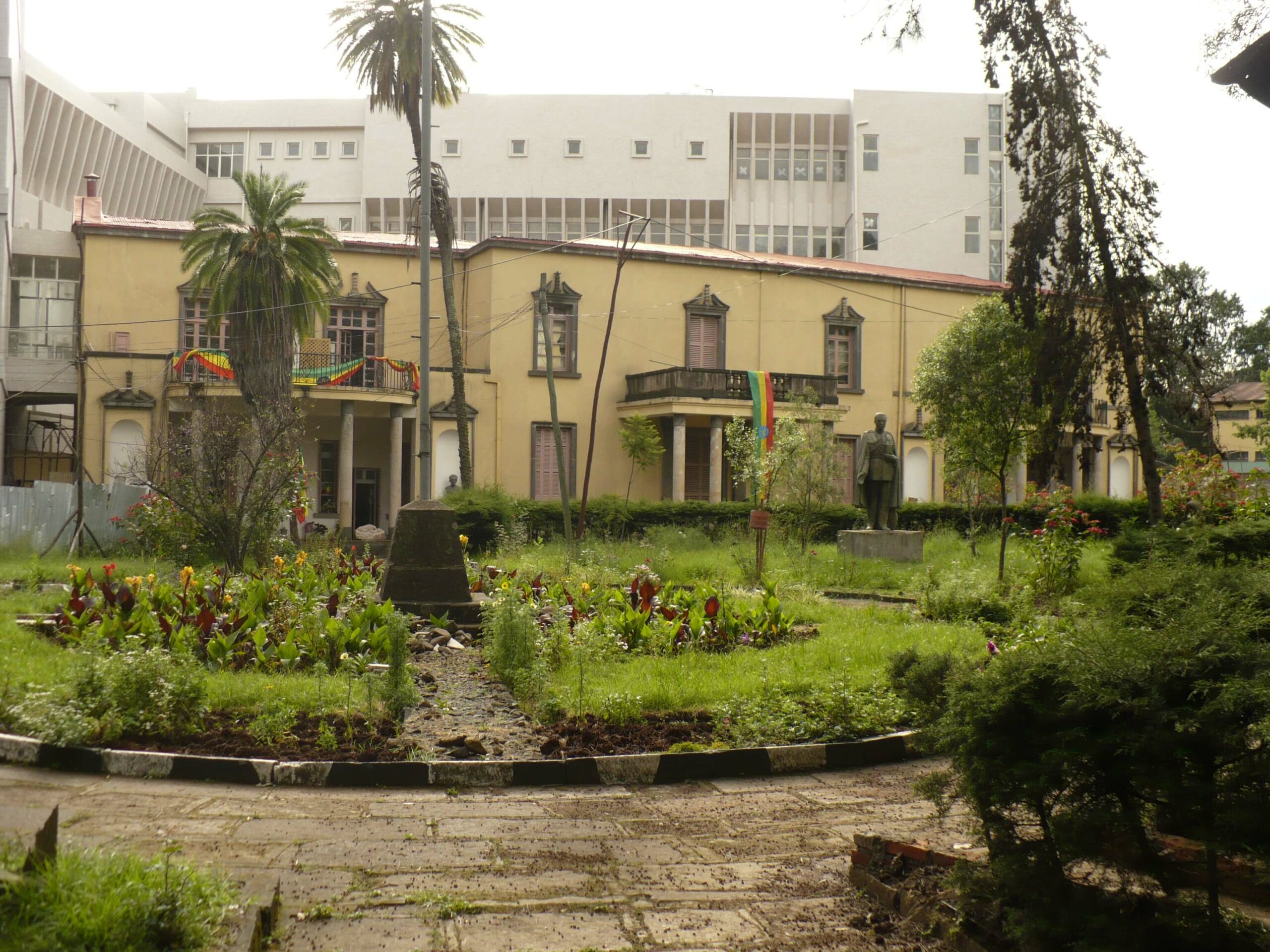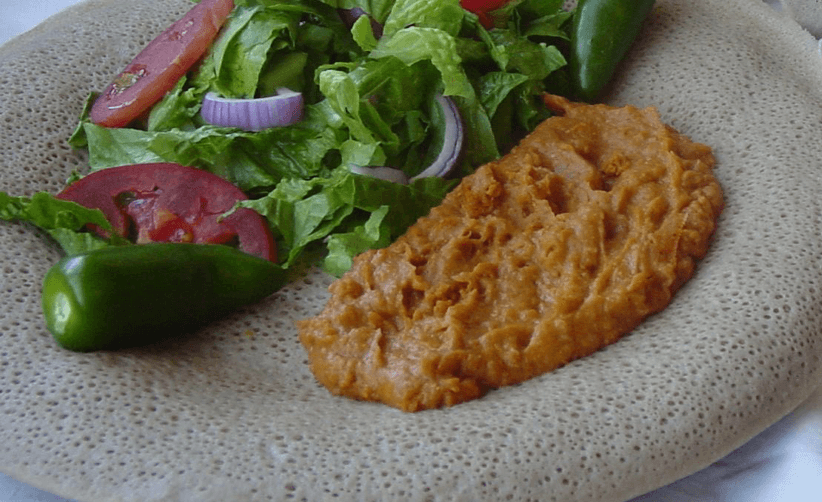Ethiopia is a diverse nation and home to some of Africa’s lesser-known species, beautiful natural beauty, and a past with varied landscapes loaded with historical treasures, including ancient tombs and monuments, 17th-century castles, and obelisks.
Ethiopia has been successfully preserving its vibrant cultural identity, which is evident in the country’s ancient castles and fortifications, native communities and villages, and ingrained customs and traditions.
A visit to this country will help you experience its rich history and culture. With daily flights by Ethiopian Airlines from the Middle East, connecting Dubai, Dammam, Beirut, Kuwait, Jeddah, Muscat, Tel Aviv, and Riyadh with Addis Ababa. You can have priority boarding, web check-in, and an option to upgrade your travel class.
Addis Ababa is the capital city and starting point of your travel. Addis Ababa is a cultural city with several museums, monuments, parks, and restaurants. You have lots of things to do by travelling to other major Ethiopian cities like Lalibela, Gondar, and Aksum to make it an unforgettable trip.
1) Visiting Lalibela’s Rock-Hewn Churches

Image Resource: unsplash.com
Lalibela is a holy city in Ethiopia and a popular pilgrimage destination for Orthodox Christians. The bedrock on which the churches were carved is at Dagmawi Lalibela in the Amhara region. You can find some subterranean churches, connecting short passages, courtyards, and trenches.
The Church of St. George is a 900-year-old Bet Giyorgis on the west of the collection of 11 churches. Greek cross-shaped carvings were made from a single block of sandstone that was buried 40 feet beneath the surface. A curtain covers the Holy of Holies, with a priest typically positioned in front of it, holding up scripture and artwork.
The 11 churches continue to have a significant influence on Ethiopian Orthodoxy. You can find regular services conducted every day, while a large number of pilgrims visit the place during the Genna festival every year.
2) Discovering Simien National Park
Simien National Park in northern Ethiopia features breathtaking scenery with craggy mountain peaks, vast valleys filled with rich greenery, and abrupt cliffs that plummet 1,500 metres. You’ll have the opportunity to see wildlife wandering in the Simien Mountains while enjoying the breathtaking surroundings.
The park is important for the protection of biodiversity since it is home to numerous species that are in danger of extinction. Some of them include the wild mountain goat, the iconic Walia ibex, which is unique to its habitat, the Ethiopian wolf, and the Gelada baboon.
3) Visiting the National Museum of Ethiopia

Image Resource: en.wikipedia.org
Next, you should visit the National Museum of Ethiopia to learn more about Ethiopia’s past. There are thousands of artefacts and archaeological finds on show in three separate exhibits at the museum. The paleoanthropological portion, which contains the remnants of primitive apes or hominids, is the most noteworthy exhibit.
The skeleton of “Lucy,” whose fossil bones date back more than 3.2 million years, is a part of the exhibition. The fossils, found in 1974 in Ethiopia’s north-western region, are thought to belong to one of humans’ earliest known relatives. The floors on top are also worth exploring, especially for the 1300s-era Ethiopian art and a variety of objects, some of which date back to the first century or before.
4) Go Sightseeing in Axum
The three most awe-inspiring monolithic obelisks in Axum, the most ancient city in Ethiopia, are adorned to resemble multi-story homes with doors and windows. The largest is the longest block of stone ever carved by humans anywhere on Earth, weighing 500 tonnes and measuring about 115 feet high. The ruins of an ancient Axumite palace, thought to be of the Queen of Sheba, can be found on the city outskirts.
You can find many obelisks in Northern Stelae Park if you have time to go sightseeing in the city. Other notables include the historic St. Mary of Zion church, a popular destination for pilgrims, and the purported location of the Ark of the Covenant.
5) Enjoying Traditional Ethiopian Dishes
Ethiopian cuisine, like many other cuisines, is an intriguing cuisine that you should experience at least once. It is delicious and distinctive when shared with friends and family. People do not have food alone in Ethiopian culture; instead, they share it on a communal plate. Injera is the most famous dish, a big spongy bread that resembles a pancake and is served with hot meat and vegetables.

Image Resource: en.wikipedia.org
One of the most popular foods in Ethiopia, along with injera, is shiro wat, also known as Shiro. It is made using bean flour, chickpea, onion, and garlic, forming a thick paste-like mixture.
6) Attending the Coffee Ceremony
Coffee is the focal point of a formal ritual enjoyed over several hours with family and visitors in Ethiopia. Ethiopian folklore attributes the invention of coffee to a goatherd who observed his goats eating raw coffee berries and behaving playfully. Ethiopian women start the coffee ceremony with raw coffee beans and in some Ethiopian homes, a female family member performs the coffee ritual three times daily.
Coffee is often prepared elaborately and served to guests, who will have three cups of coffee made from the same grounds to convey their blessing.
You need to book your air tickets with Ethiopian Airlines to make your Ethiopian trip a remarkable and unforgettable one.



